Quentin Tarantino’s latest film is full of retro “old” cameras combined with modern and vintage lenses. Once Upon a Time in Hollywood, which was shot on Kodak 35mm is the proof that film is still the king. Watch those stunning skin tones and the vivid grained colors and decide by yourself.
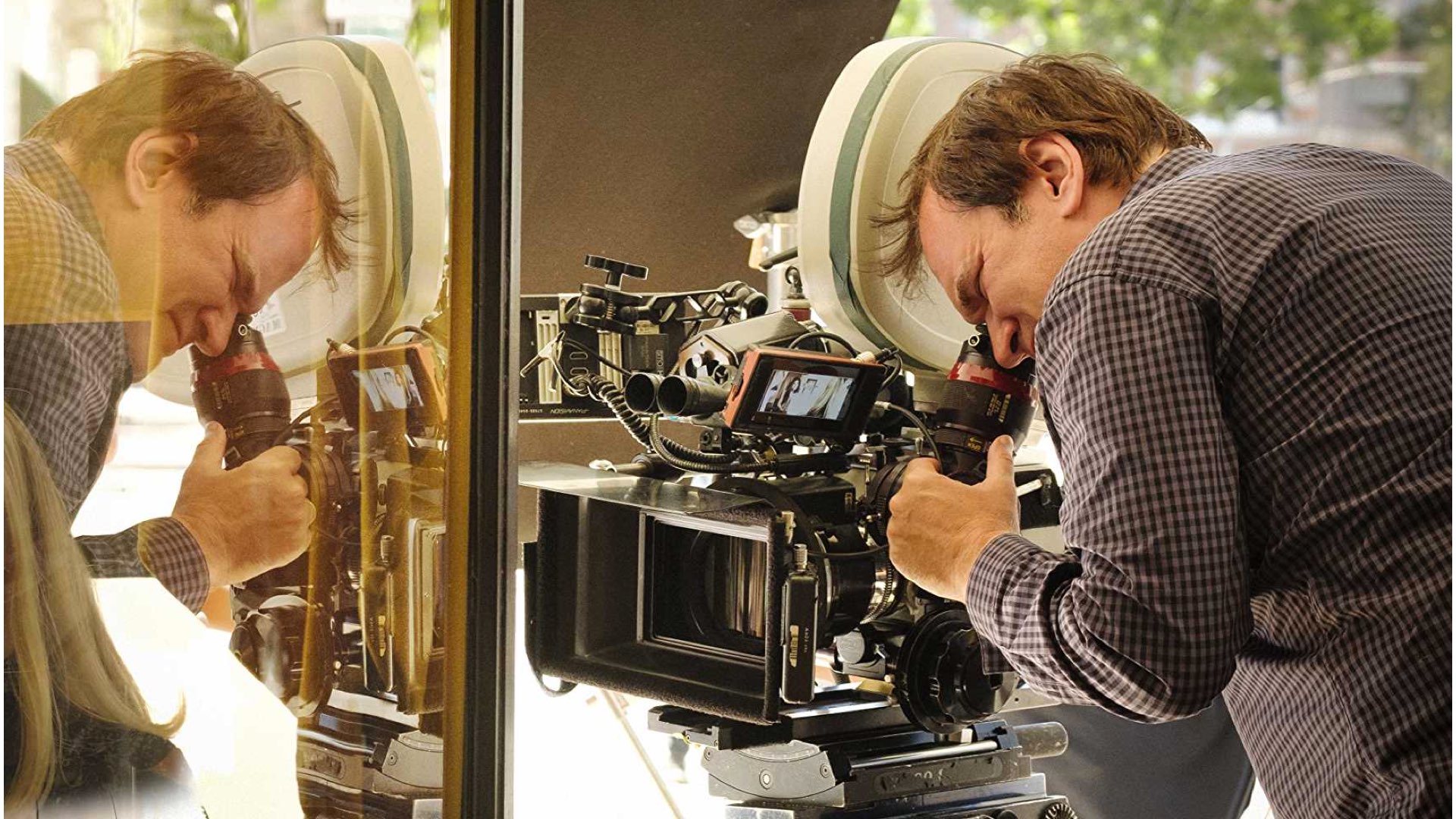
A film about the film industry: Uniqueness in imagery
Written and directed by Quentin Tarantino, Once Upon a Time… in Hollywood centers on a faded television actor (Leonardo DiCaprio) and his stunt (Brad Pitt) double strive to achieve fame and success in the film industry during the final years of Hollywood’s Golden Age in 1969 Los Angeles. That is a film about the film industry, which is a unique concept that demands exclusive imagery.
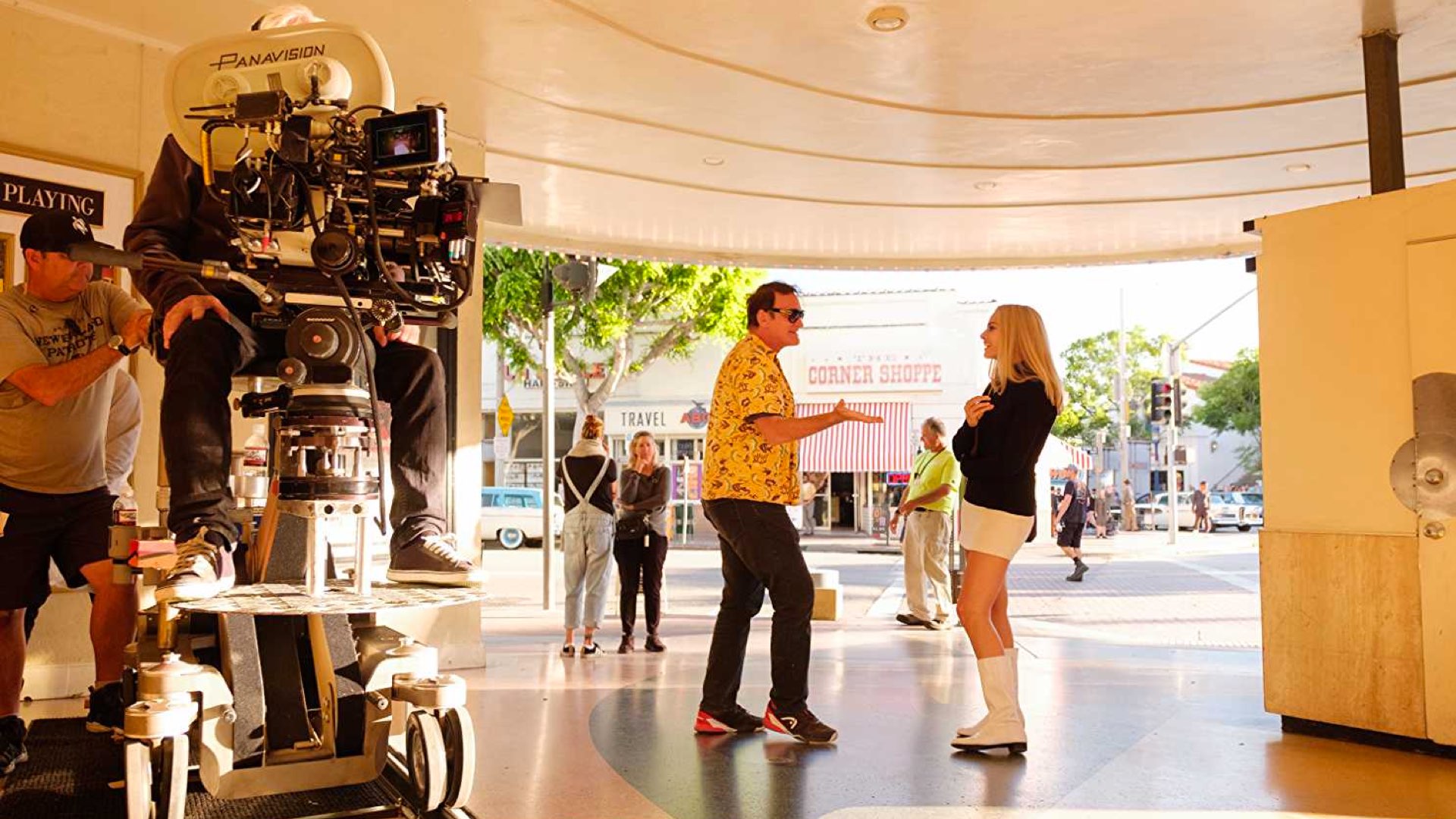
Digital cameras are out of the equation
Tarantino is a film stock guy. He has never used digital cinema cameras. All of his work has been shot with Kodak 35 mm film. The Hateful Eight (2015) was shot in 65mm film. Once Upon a Time in Hollywood was shot with [Kodak Vision3] 5219 500T and 5213 200T.

The real expertise is hidden in the film
According to Kodak, Director of Photography Robert Richardson, ASC, selected KODAK VISION3 500T Color Negative Film 5219 and KODAK VISION3 200T Color Negative Film 5213 as the primary color stocks for the production. It’s important to remember that Kodak came out with those stocks about 20 years ago, which are characterized by a very colorful, pronounced and separated primary colors. Richardson emphasizes that the segmentation of the colors, and the enhanced contrast, help to give the feeling of the 1960s.
“I love film for many reasons, the first amongst those being the way it captures skin,” says Richardson. “There is a softness that is difficult to achieve in digital. Kodak has been working on this for many long years, so they have an advantage.”
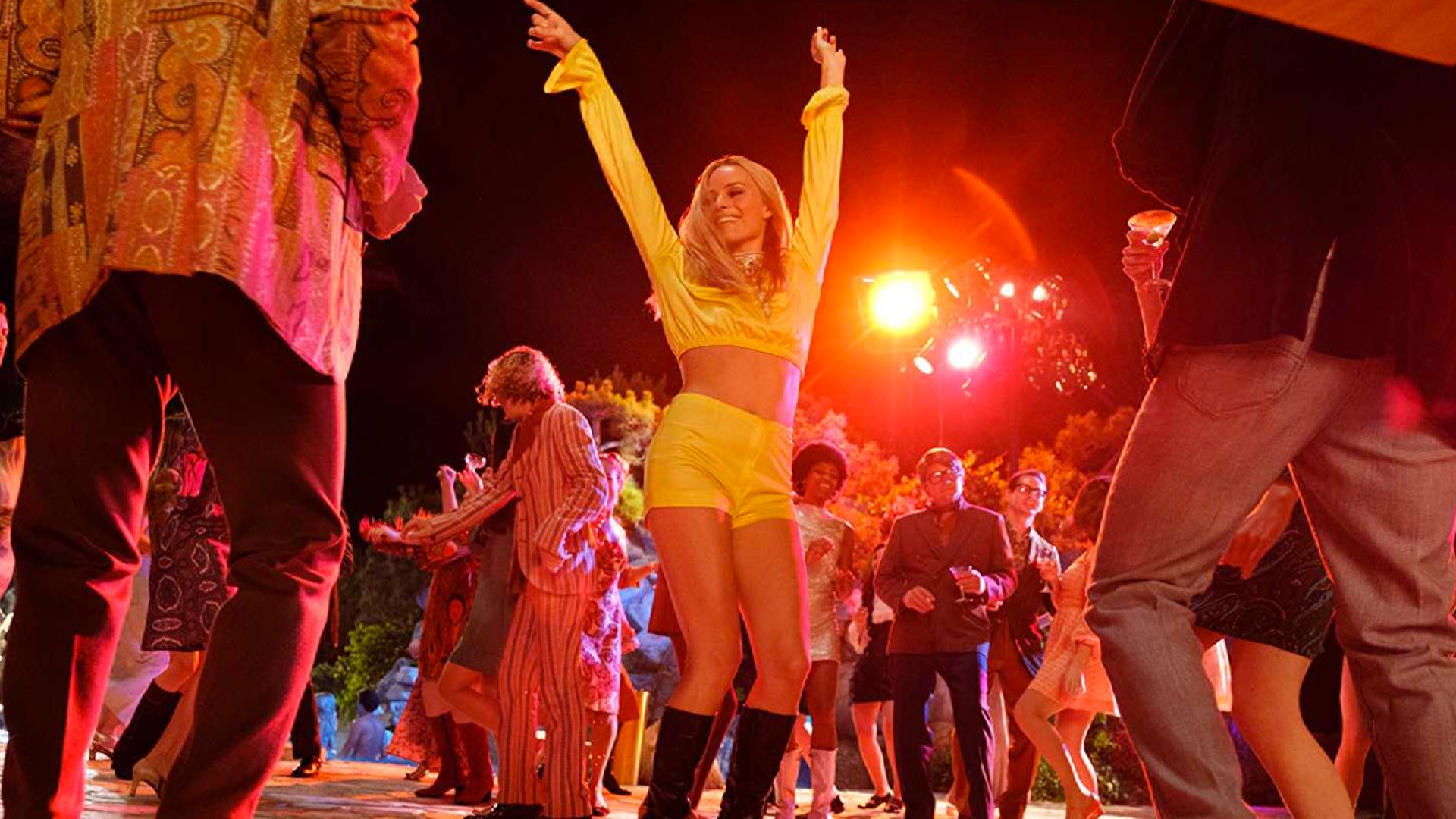
There is a softness that is difficult to achieve in digital. Kodak has been working on this for many long years, so they have an advantage
Director of Photography Robert Richardson, ASC
Costs of film stock: $70 per minute
Shooting film is not cheap. That’s the main disadvantage of using film. A 35mm 1000 ft film (about 300 meters) will run for 11 minutes in 24 fps and will cost about $800. That is to say, shooting Kodak 35mm in regular speed (not slow motion) will cost you $70 per minute. That’s a lot! But again, the imagery is organic and outstanding. Furthermore, you have to know what you are doing and be well educated regarding lighting the scene with the precise exposure needed.

Panavision’s T Series anamorphic lenses
DP Richardson used the new Panavision’s T-Series Anamorphic lenses. The T-Series made their 35mm-film screen debut in that film. It’s important to note that the T-Series lenses were released in 2016 and were designed specifically for compatibility with digital sensors. Richardson utilized the T-Series together with the C and E-Series that having been introduced in the 1960s and the 1980s respectively. Using a new digital dedicated lens with vintage lenses was quite a challenge. The T-Series Anamorphic was adapted to be used on the film cameras (Arriflex 435, Aaton A-Minima and the Panavision Panaflex Millennium XL2).
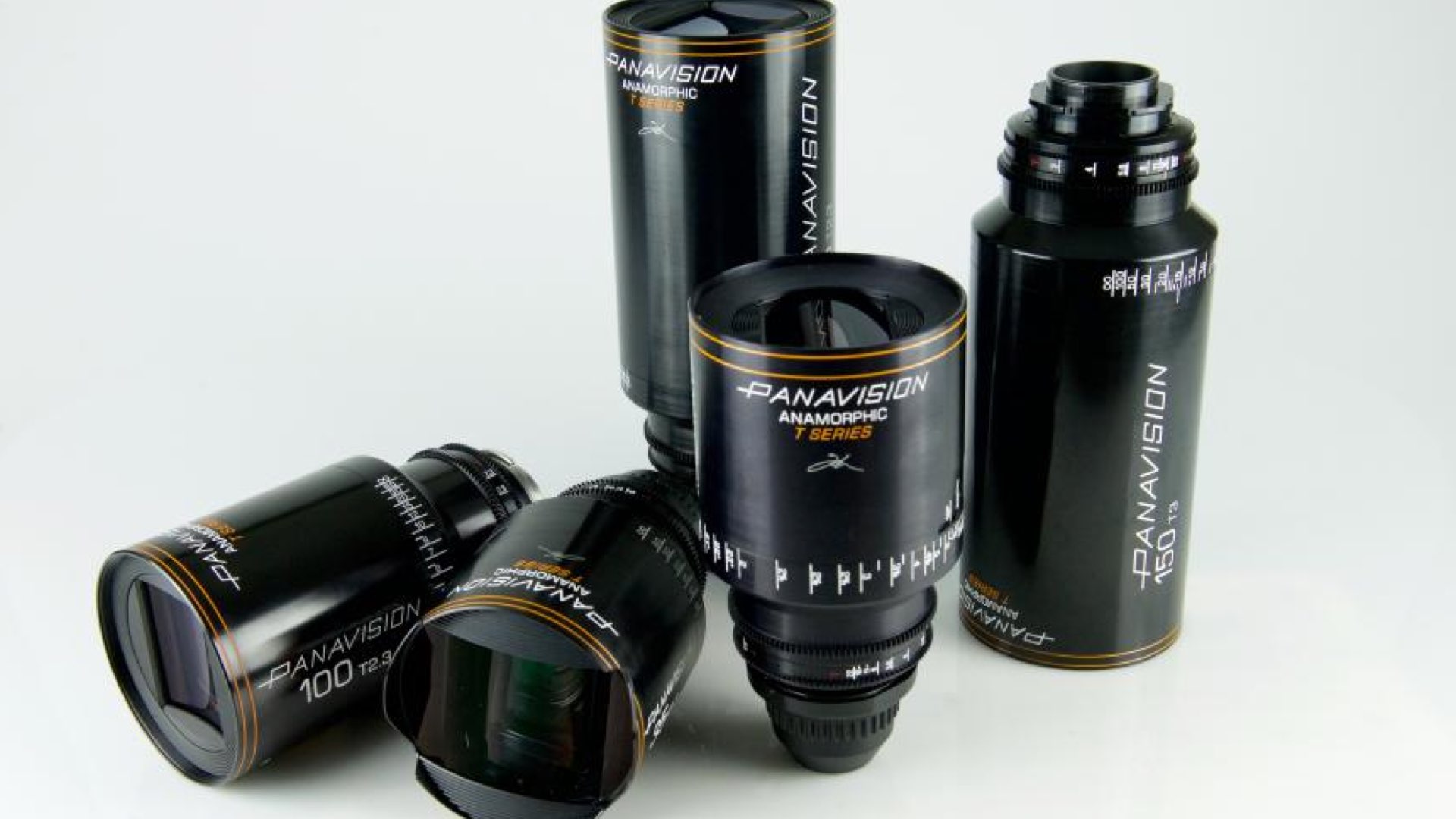
Insights
In the digital age, where we are continuously initiating the endless discussion about the resolution (8K and beyond), codecs (BRAW, REDCODE, ARRIRAW, etc.) and large sensors, it is refreshing to reveal that those genius directors are still using the good old cinema tools. Does it reduce to image quality on the big screen? Absolutely not! Contrary. It grants the big screen its well-deserved grain and beautiful organic look that our eyes love so much. Once Upon a Time in Hollywood is an excellent reference for the utilization of old cinema tools for the modern audience’s eye. Go watch the film and let us know your thoughts. The trailer is down below!

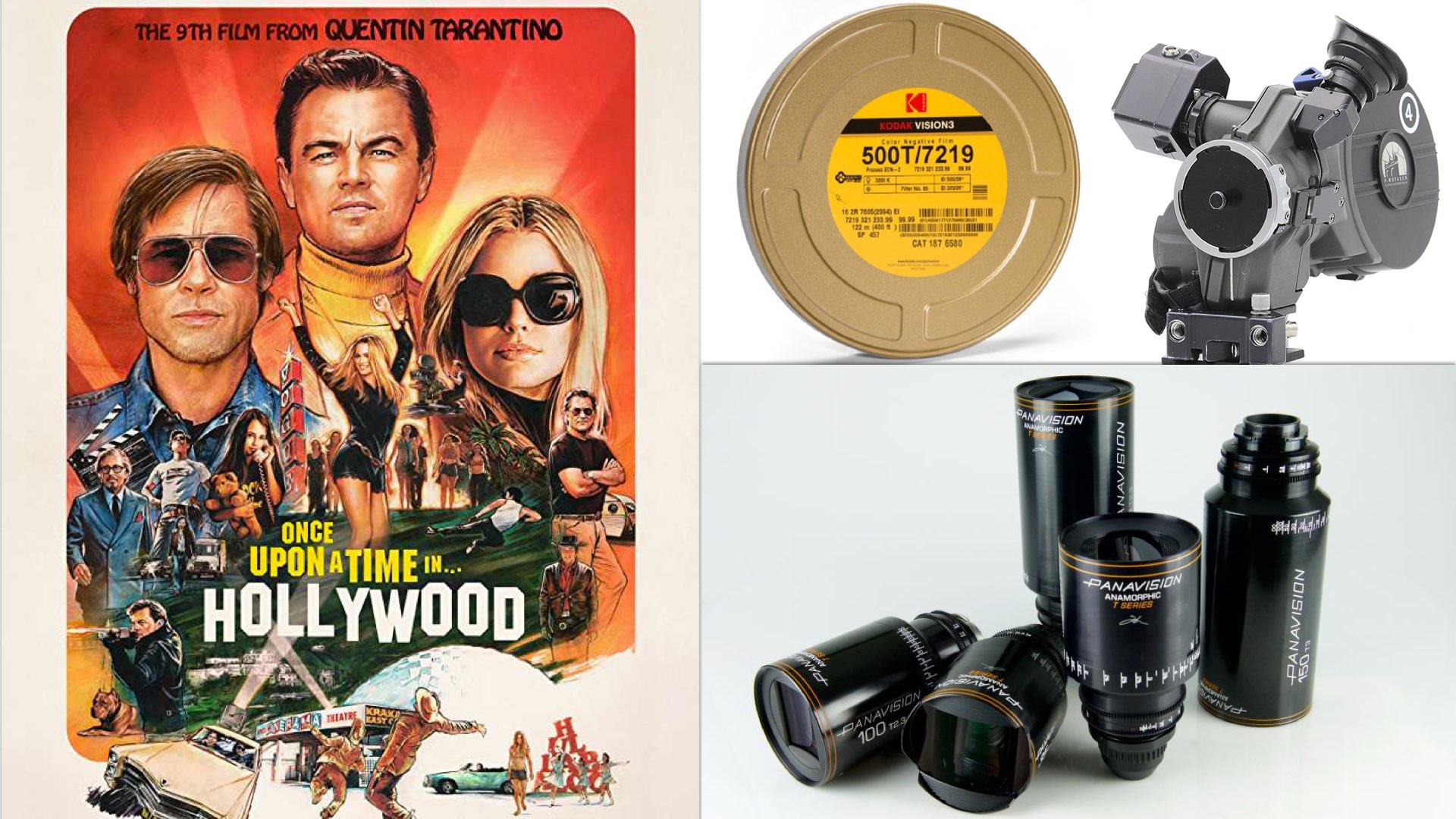
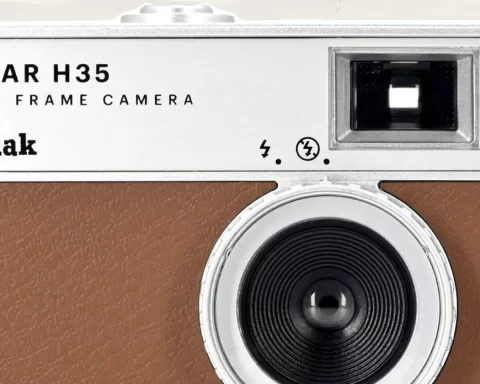
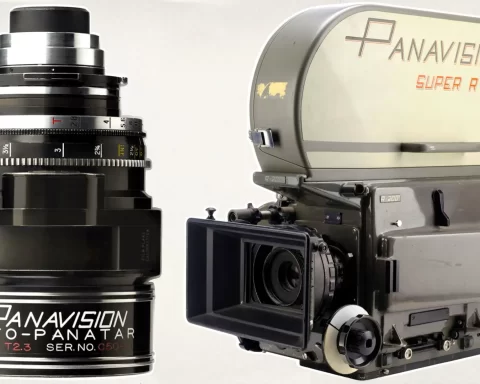



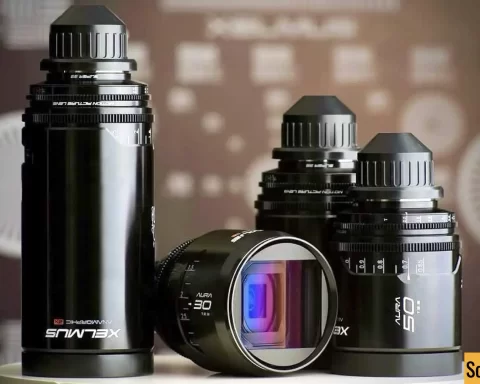

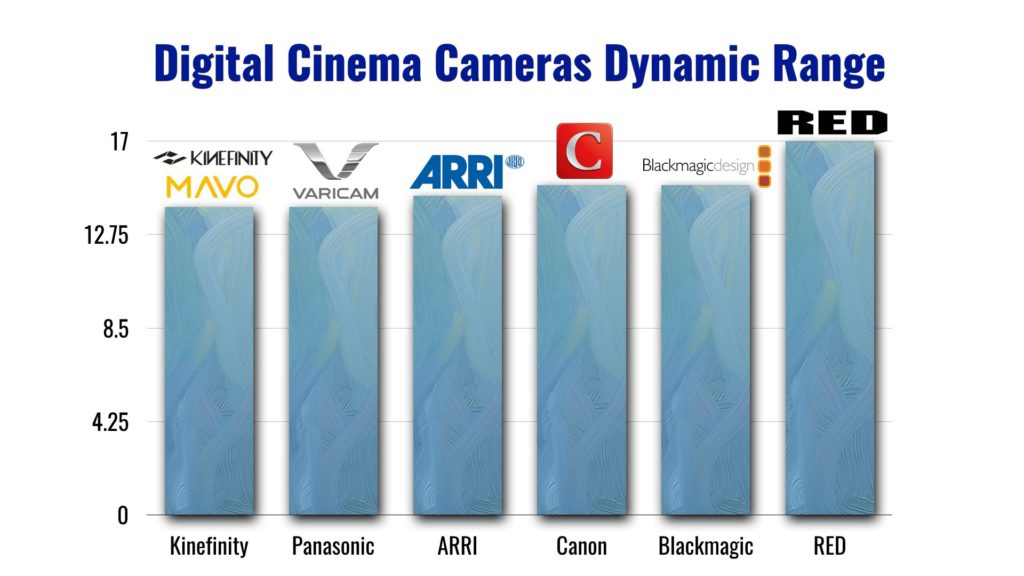
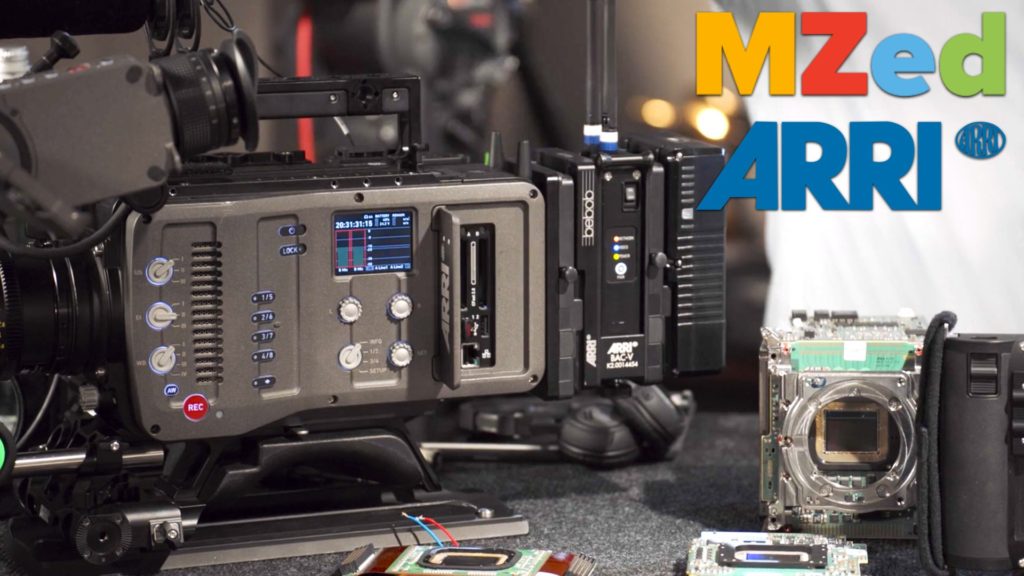




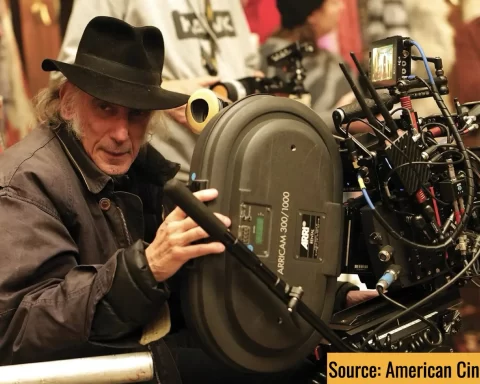

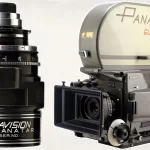
It really is much more interesting to ride a horse-drawn carriage than a motor-driven car.
Very true! 🙂
[…] T-series were utilized by Director of Photography Robert Richardson, ASC, on Once Upon a Time in Hollywood. Those lenses […]
[…] do top-notch directors shoot on film? Quentin Tarantino continues to have a strong preference for the look of the film, and Christopher Nolan shot Dunkirk primarily […]
liked his movies until he came to NYC and called NYPD murderers. Another LA douchebag.